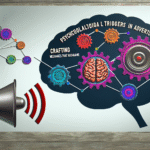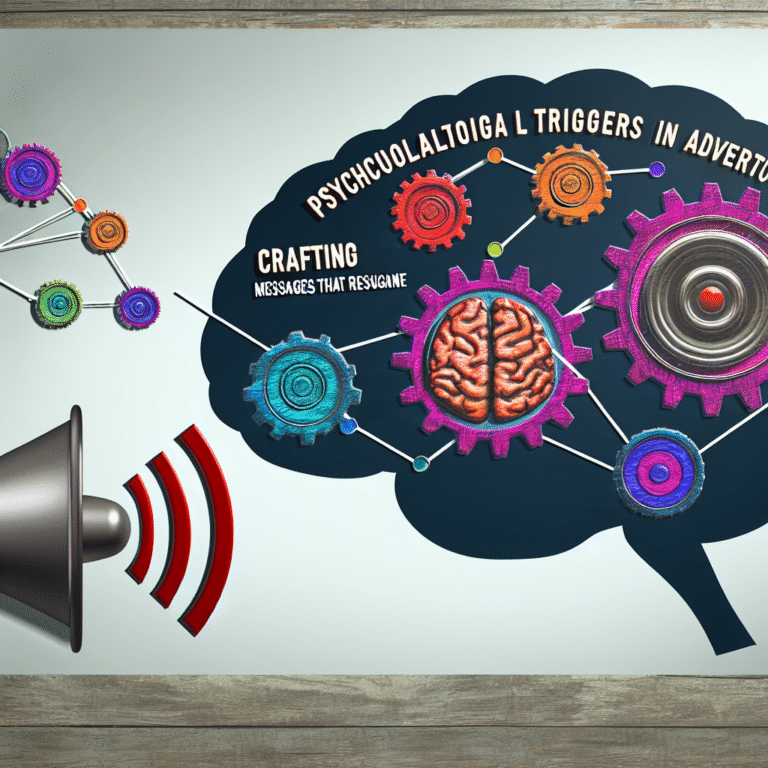
Introduction
From the moment we take our first breath, our lives are intricately woven with the threads of connection—starting from our bond with our primary caregivers. The patterns of these early interactions significantly influence our emotional health, interpersonal relationships, and even our professional lives as we transition into adulthood. Understanding how attachment styles shape our experiences is essential for personal growth and healthier relationships. In this article, we will explore the profound impact of attachment styles from infancy to adulthood, illuminating how these formative experiences lay the groundwork for who we become.
Understanding Attachment Theory
Attachment theory was first introduced by British psychologist John Bowlby in the mid-20th century, positing that the emotional bond between a child and their primary caregiver is foundational for future relationships. Mary Ainsworth, Bowlby’s collaborator, expanded on this theory through her "Strange Situation" study, identifying four main attachment styles: secure, anxious, avoidant, and disorganized.
| Attachment Style | Characteristics | Impact |
|---|---|---|
| Secure | Trusting, stable, and healthy relationships | Positive self-esteem and relationships |
| Anxious | Over-dependent, fear of abandonment | Anxiety in relationships |
| Avoidant | Emotionally distant, self-reliant | Struggles with intimacy |
| Disorganized | Chaotic, confused relationships | Higher risk of mental health issues |
These attachment styles are crucial in shaping our interactions and emotional responses throughout our lives. As we delve deeper, we’ll explore how they manifest in everyday life and what we can do to foster healthier connections.
The Journey of Attachment Styles from Infancy
The Roots of Secure Attachment
Children who develop a secure attachment style typically have caregivers who are responsive and nurturing. They learn to trust others and view themselves as worthy of love and care. A case study of a young girl named Sarah demonstrates the advantages of secure attachment:
Case Study: Sarah’s Early Years
Sarah, raised in a loving household where her mother consistently met her needs, exhibited high levels of self-confidence and resilience as she entered school. Teachers noted her ability to collaborate effectively with peers and her comfort in expressing emotions. This secure foundation enabled her to navigate challenges with a positive mindset.
Analysis: Sarah’s story exemplifies how secure attachment not only fosters emotional well-being but also contributes to social competencies that are vital in adult life.
The Anxious Attachment Style
Anxiously attached individuals often come from environments where caregivers were inconsistent. This lack of stability leads to heightened anxiety in relationships as adults. Consider the case of Mark:
Case Study: Mark’s Adult Relationships
Mark’s upbringing involved a father who was emotionally unavailable and a mother who was overly critical. As an adult, Mark struggled with relationships, often feeling insecure and fearing abandonment. His excessive need for reassurance drove partners away, resulting in a cycle of failed relationships.
Analysis: Mark’s experience underscores the emotional toll of anxious attachment. His story illustrates the importance of recognizing and addressing these patterns for healthier future relationships.
The Avoidant Attachment Style
Those with an avoidant attachment style often learn to suppress emotions and maintain distance in relationships. This style can be particularly challenging, as illustrated by Lisa’s story:
Case Study: Lisa’s Work Environment
Lisa, who grew up with an emotionally distant mother, chose a career that allowed her to remain behind the scenes. Though she excelled at her work, her avoidance of deeper connections led to isolation among colleagues. When a project team was formed, Lisa struggled with collaboration, opting to handle tasks independently.
Analysis: Lisa’s case highlights how avoidant attachments can hinder teamwork and personal fulfillment in both personal and professional settings. Recognizing this pattern provides an opportunity for growth.
The Disorganized Attachment Style
Disorganized attachment often results from traumatic or chaotic experiences in infancy. This style can lead to confusion and fear in adult relationships. A poignant example is provided by James:
Case Study: James’s Struggles with Trust
James faced inconsistent care during childhood, oscillating between emotional neglect and intrusive behavior from his caregivers. As an adult, he grappled with forming connections, torn between a desire for intimacy and a fear of vulnerability. His relationships were marked by turbulence, often leaving him feeling unworthy of love.
Analysis: James’s behaviors reflect the complicated nature of disorganized attachment. Understanding this dynamic is crucial for individuals seeking to overcome their past and create healthier relationships.
Navigating Attachment Styles in Adulthood
Recognizing Your Attachment Style
The first step toward growth is self-awareness. Understanding your attachment style can illuminate patterns in your relationships and emotional responses. Here are some prompts to help you identify your style:
- Do you find it easy to trust others?
- Are you often worried that your partner will leave you?
- Do you avoid discussing your feelings?
- Do you feel overwhelmed by your emotions in relationships?
Recognizing where you fit can be empowering and can motivate you to foster healthier interactions.
Strategies for Developing a Secure Attachment Style
- Seek Therapy: Understanding your attachment style with a professional can help you navigate past traumas.
- Practice Self-Compassion: Develop a positive internal dialogue to counteract negative self-beliefs.
- Build Healthy Relationships: Surround yourself with supportive, trustworthy individuals to cultivate secure attachments.
Real-World Applications of Attachment Styles
Understanding attachment styles isn’t just an academic exercise; it can have practical applications in various aspects of life, including parenting, workplace dynamics, and romantic relationships.
Parenting: Parents who are aware of their attachment styles can strive to provide more secure environments for their children, breaking cycles of anxiety and avoidance.
Workplace Relationships: Recognizing different attachment styles among colleagues can improve collaboration and communication, leading to a more harmonious work environment.
Conclusion
From infancy to adulthood, our attachment styles profoundly shape our lives—from how we view ourselves to how we relate to others. Understanding and navigating these styles allow us to cultivate meaningful, fulfilling connections while fostering emotional resilience. Embracing the journey of self-discovery and healing can transform our relationships and create a ripple effect of positivity in our lives and the lives of those around us.
FAQs About Attachment Styles
1. What are the four attachment styles?
The four attachment styles are secure, anxious, avoidant, and disorganized. Each style influences how we relate to others throughout our lives.
2. Can attachment styles change over time?
Yes, attachment styles can evolve with new experiences, such as meaningful relationships or therapy.
3. How can I determine my attachment style?
Self-reflection and recognizing your behaviors in relationships can help identify your attachment style. Additionally, many resources and questionnaires are available online.
4. Is it possible to develop a secure attachment style if I didn’t have one in childhood?
Absolutely! With intentional effort, such as therapy and supportive relationships, individuals can learn to develop a more secure attachment style.
5. How do attachment styles affect parenting?
Parents’ attachment styles can influence how they raise their children. For example, securely attached parents are more likely to nurture a secure attachment in their offspring.
By understanding how attachment styles shape our lives, we empower ourselves to break free from negative patterns and foster stronger connections. Whether striving for healthier relationships or aiming for personal growth, the journey from infancy to adulthood is paved with the possibilities that understanding attachment can offer. Let’s embrace this knowledge and strive toward thriving, secure connections in all areas of life.
















